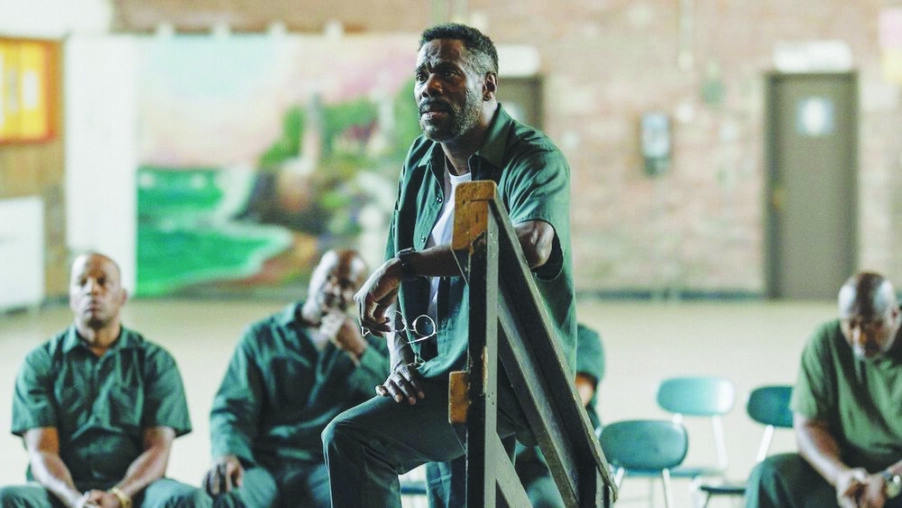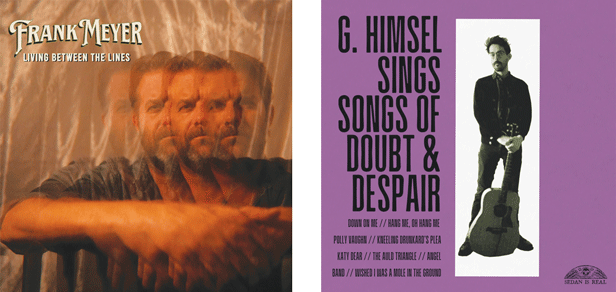Lotus Land plays twice at Tupelo
By Michael Witthaus
mwitthaus@hippopress.com
A good tribute act walks a tightrope, capturing a sound without trying to fully reproduce it. It’s something that bassist Chris Nelson thinks about frequently. His band Lotus Land plays the challenging catalog of Rock & Roll Hall of Fame trio Rush, and Nelson knows that convincing proximity, not perfection, is a sane performer’s best target.
“It’s not like we’re trying to repaint the Mona Lisa, that’s almost a thankless task,” he said by phone recently. “We’ve gelled into performing this stuff with a certain degree of our personalities. Tone comes from the hands of the musician; you can’t help but sound a bit like yourself … you’re not trying to just be a robot.”
Fortunately, Nelson’s voice has a natural pitch that’s similar to that of Rush’s lead singer. Comments about the vocal resemblance have followed him for years. “I’d sing a Zeppelin tune and without fail people would say, ‘You sound so much like Geddy Lee,’” he said. “Here I thought I was doing a pretty good Robert Plant! But anyway, I’m a crazy Rush fan.”
His bandmates, guitarist Bob Chartrand and drummer Mark Dalton, started Lotus Land as a four-piece, parting ways with the original bass and keyboard players when they met Nelson and became a trio. Before playing out, they watched videos and practiced hard, aware that Rush’s fans would “be as understandably critical of us as they are loyal to the real thing.”
They approached their first gig fretting about the formula, prepared to bail if it failed. “I’m not going to put myself and my bandmates through the embarrassment — if it doesn’t work, that’s going to be it, because I know it’s a tall order,” Nelson recalled thinking at the time. “But it was well-received … and it kept snowballing.”
The band took its name from a line in “Freewill,” a song from Rush’s breakthrough 1980 album Permanent Waves. The late Neal Peart was inspired by Homer’s The Odyssey when he wrote it, according to interpretations. In the book Merely Players, Peart said the “Lotus-land” was “a metaphor for an idealized background, a land of milk and honey.”
Their website describes “an obsessive approach … that inevitably compels us to incorporate every authentic Rush nuance into whatever amazing tune of theirs we may be playing,” and on songs like “Spirit of the Radio” and “Tom Sawyer” they deliver on the promise with masterful musicianship that honors the original songs.
Nelson’s bonafides as a fan are undeniable — he’s seen them live almost 20 times, and Lotus Land performed at the 2012 RushCon in Toronto. The latter was a life-changing event for him — he met his future wife there. She was there from L.A., along with thousands of others who’d traveled there.
The meeting only sparked a friendship; both were with other partners at the time. “Two years later, our situations changed, and here we are married; so I can credit the band for that,” he said. “What’s cool is I got to tell Geddy Lee that, very briefly at a book signing, I had my 60 seconds like everybody else, and I got to tell him that.”
Asked to name his most enjoyable moments during Lotus Land’s set, Nelson responded, “I love that question. People have their favorite areas of the band and mine happens to be from Permanent Waves through Grace Under Pressure, so that’s also Moving Pictures and Signals. For my natural register as a vocalist, that feels right in my pocket, so that’s the kind of stuff I love to do.”
That said, there’s another song he loves not on any of those albums.
“I love playing ‘The Path,’” he said, adding a side note. “I never try to change my voice to sound like him at all. I hear some other tribute acts do, but I’ve got a higher, and similar register as Geddy, so I’m just going to sing in my natural voice. If it sounds like him at the end of the day, great. If not, it shouldn’t be too painful on people’s ears because I’m going for the right pitch … it should be close.”
Lotus Land
When: Friday, Feb. 7, and Saturday, Feb. 8, 8 p.m.
Where: Tupelo Music Hall, 10 A St., Derry
Tickets: $42 and up at tupelohall.com
Featured Photo: Courtesy Photo.






